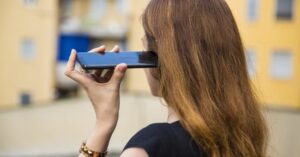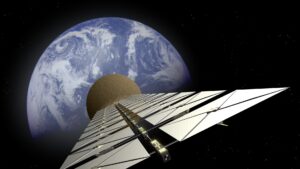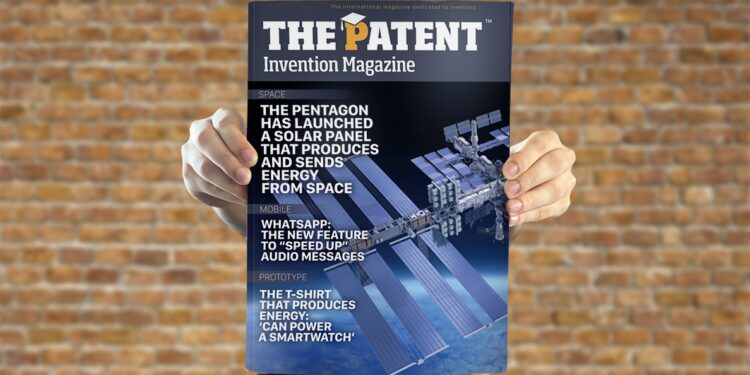The most read news of the last week selected by our editorial staff: the t-shirt that produces energy, the space solar panels and the new feature of Whatsapp
What are the most read news of the last week? What have been the trending topics in the world of innovation? What has been talked about on social networks around the world? To answer these questions, we have selected the news that, in the last week, has had more visibility on our portal and have ignited the curiosity of our readers.
The most read news of the week
The t-shirt that produces energy: “can power a smartwatch”
 Leveraging their expertise in nanoparticles, a team of researchers at the University of San Diego has created a “microgrid” that can absorb and store energy from the human body. How? Through sweat and movement! The device is composed of three parts: biofuel cells powered by sweat, triboelectric generators – that is, devices powered by movement – and super capacitors for storage. READ ARTICLE
Leveraging their expertise in nanoparticles, a team of researchers at the University of San Diego has created a “microgrid” that can absorb and store energy from the human body. How? Through sweat and movement! The device is composed of three parts: biofuel cells powered by sweat, triboelectric generators – that is, devices powered by movement – and super capacitors for storage. READ ARTICLE
Whatsapp: new feature to “speed up” audio messages
 The online messaging giant – 1 billion 600 million active users in over 180 countries around the World – has announced the launch of a tool to speed up audio messages. That’s right: it will be a feature that will allow you to increase the playback speed of the very long voice notes that are sent by friends and relatives a bit too logorrheic. It is not yet clear whether this will be an automatic setting or an option that the user can enable and disable depending on the length of the audio file received. DISCOVER MORE
The online messaging giant – 1 billion 600 million active users in over 180 countries around the World – has announced the launch of a tool to speed up audio messages. That’s right: it will be a feature that will allow you to increase the playback speed of the very long voice notes that are sent by friends and relatives a bit too logorrheic. It is not yet clear whether this will be an automatic setting or an option that the user can enable and disable depending on the length of the audio file received. DISCOVER MORE
Pentagon has launched a solar panel that produces and sends energy from space
 A team of scientists from the U.S. Department of Defense has tested a truly innovative solar panel prototype. The project is called PRAM and is a space module with a photovoltaic radio frequency antenna. In other words, it is a solar panel that is sent into orbit and uses light in space to produce electricity to be sent back to Earth. The device is very effective because it can also capture blue waves. READ THE ARTICLE
A team of scientists from the U.S. Department of Defense has tested a truly innovative solar panel prototype. The project is called PRAM and is a space module with a photovoltaic radio frequency antenna. In other words, it is a solar panel that is sent into orbit and uses light in space to produce electricity to be sent back to Earth. The device is very effective because it can also capture blue waves. READ THE ARTICLE
You might also be interested in —> Tecla: the first house “printed” in 3D with the Earth

































